Recruiting Q&A with Legendary Mel Nash
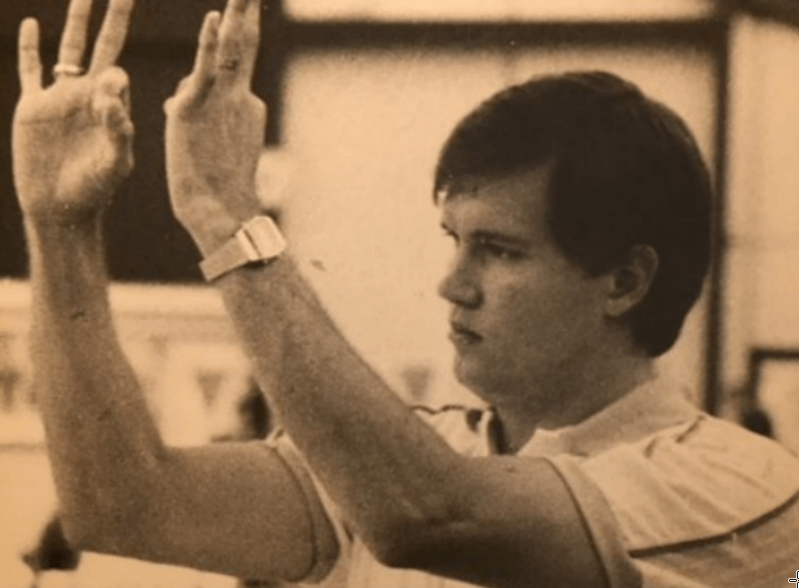
By Payton Titus, Swimming World Intern.
Over the course of the last 47 years, renowned USA Swimming coach Mel Nash has seen the NCAA recruiting process from virtually every angle: as a promising high school athlete, a collegiate head coach and an age group head coach.
He was Swimming World Magazine’s High School Swimmer of the Year in 1971 and served a 25-year stint as the head coach of Texas A&M. Now the head coach of North Florida Swimming Inc., Nash offers advice for prospective college swimmers and thoughts on the evolved recruiting system in place today.
Swimming World: Why should high school swimmers consider taking their talents to the collegiate level?
Nash: It gives you an immediate group that you can identify with. So many times, kids go off to college and unfortunately get lost. It gives you a support system – that way, you’re not floundering.
College swimming teaches you how to budget your time. By and large, the grade point averages of swim teams are significantly higher than the campus average. Also, the obvious benefits: you’re happier, you’re healthier and you’re exercising.
The biggest thing that people need to realize is that there is a place for everyone. It’s not all just UF, Georgia and Auburn. There are so many division I, II, and III schools, junior colleges and NAIA schools. Over 400 men’s and 500 women’s swim programs exist, and now we even have the expanding collegiate swim club championships. There’s a place for everybody to participate.
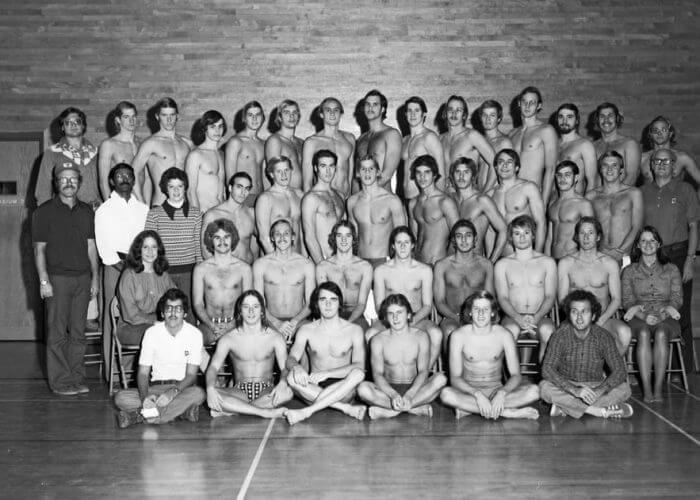
Photo Courtesy: Carol Nash
SW: When you were being recruited, what habits did you develop to best navigate the recruiting process?
Nash: We told our recruits have a pros and cons list of each school and to make their decision based on that list. We had a kid who was coming to swim for us at A&M. Rob Pantana, one of the best recruiters we had, spent most of the weekend with him. So then the recruit called me and said, “Hey, I’ve made my decision: I’m going to Nebraska. I mailed the papers off today.”
I said, “Oh my gosh! Where did that come from? And if you don’t mind my asking, what made you decide to go there?” His answer: “I spent a whole weekend with a guy who helped me through everything.” Out of curiosity, I asked him who he was talking about. He said, “Rob Pantana.”
“What do you mean?” I asked. He said that he had talked to Rob about being a swimmer in Nebraska and how much he loved it, so that was where he wanted to go too. After I told him that Rob was from Nebraska, but swims at A&M, the guy cried on the phone. If he had kept his list, he would have had everything squared away.
Going back to my time as a recruit, I didn’t keep a list because I only took three recruiting trips. The three schools I went to were an Ivy League, a school not known for their academics, and Indiana University. My decision-making was based on choosing the best balance for me. The Ivy League would 90% of my focus on school, and the other one would have put school as a secondary concern.
On my trip to Indiana, we sat around eating ice cream and watched football, which is what I ended up doing for my four years there at Doc’s place. That was how I handled recruiting weekends at A&M. Kids would come to the house on Saturday night.
We wanted recruits to see what they would get if they came to school there. The worst thing was seeing kids signing somewhere and realizing that it wasn’t what they thought they signed up for.
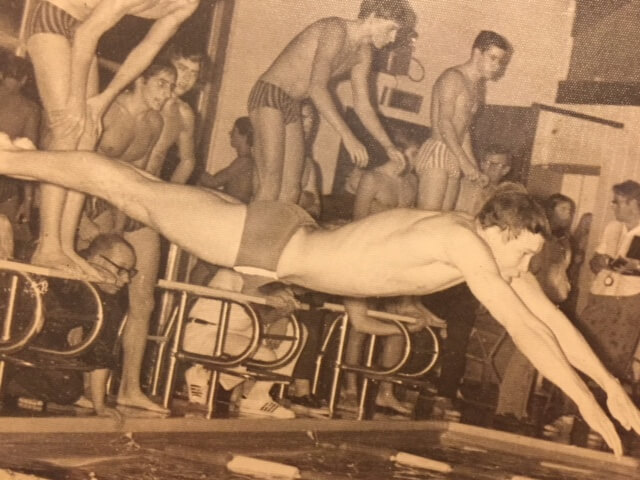
Photo Courtesy: Carol Nash
SW: During your time at Texas A&M, what did you look for in potential recruits? What shortcomings did you watch out for?
Nash: We liked when parents came on the recruiting trips. Whenever I talked to parents who were reluctant to involve themselves in the process, I usually dropped that recruit. In my opinion, parenting doesn’t stop at the second most important decision of someone’s life.
We also stayed away from kids who lifted weights heavily since they were young. We wanted kids with room to grow and avoided those who had been tapped out or over-trained. Out of necessity, with Texas right down the road, we looked for kids that we could develop as opposed to those who were superstars right out of high school.
Character was important as well. We had kids asking us, “What can you do to impress me?” So we impressed them with how fast we could get them on a plane out of College Station. Recruiting is a two-way street.
SW: In light of the recent NCAA rule changes, what advice would you give to an aspiring collegiate swimmer trying to navigate the recruiting process?
Nash: I’ve always had a concern with this. I do like the idea of kids being able to get the decision out of the way so that they can focus on school and training. Some respond beautifully to it; they make their decision and start working harder. Some kids sign the papers and take the summer off. Very rarely in big-time programs do they do that, but that’s where coaches realize that they may not have judged that kid well enough.
I understand that college coaches want to get things finalized earlier. As a college coach, I know that recruiting can be a nightmare. Although I enjoyed it, I would feel guilty for spending three hours on the phone every night and not with my family.
Yet if I was spending time with my family, I would feel guilty for not being on the phone. However, there are kids in their junior year who have just turned 16, which is awfully young to be making a life-long decision of this magnitude. You have to decide who you’re in it for: the student athletes or our coaching careers?
I understand why the rules have been changed, but it seems that the tail is wagging the dog. It appears that they are changing the official visits concepts because so many kids are verbally committing earlier. If they are committing earlier, then they shouldn’t have to pay for their visits on their own dime. They should be allowed their paid trips. Conversely, I’m not the biggest fan of a 16-year-old making this kind of decision.
Take all of the transfers happening lately. If those kids had waited a little longer to make their decision, would they still be switching schools at this time?
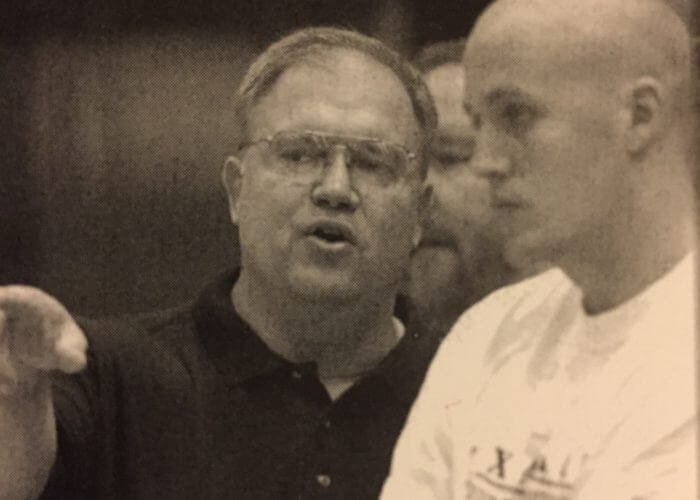
Photo Courtesy: Carol Nash
SW: How has your position as an age group coach transfigured your view of the way college recruiting is conducted?
Nash: I never had a club coach lie to me about a kid, but I could read between the lines (depending on their tone of voice). When I was recruiting, I found coaches I could trust and got better at reading those signals.
Now, as a club coach, I want the college coaches to trust me. I have told all my athletes as they were being recruited that I would never fib or shade the truth with a coach because I had that happen to me. I will not necessarily recommend a swimmer, because I think that people need to find what works for them.
That doesn’t mean that you should go to a program with an identical coach. That’s what makes college exciting: different stimuli and new experiences. However, if you needed a fanatical yelling coach to get you to improve, then you shouldn’t go somewhere with a calm, laid back coach (or the other extreme).
SW: What are your thoughts on the direction that college recruiting has been heading in since your time at Texas A&M?
Nash: I think, overall, that it’s driven by the social media changes. Its effects reach so far across society that college recruiting is just the tip of the iceberg. Studies talk about how narcissism diagnoses have gone from eight to 52% in teenagers. It’s an understandable and natural outgrowth of the social media phenomenon, but it doesn’t mean that I need to think it’s good.
In terms of the NCAA, a lot of the rules are made just to put a broad statement over issues rather than writing them with the individuals in mind. So the swimmers could go out and run, but track people could go out and run as long as they didn’t use hurdles; hockey couldn’t use their sticks, but they could skate. They try to put round pegs into square holes.
And now you have Katie Ledecky, who had to go pro, but the female basketball player from Notre Dame is going to be on Dancing with the Stars. They work around the rules by saying that she isn’t on the show because of her basketball skills, even though she’s famous for hitting game-winning buzzer shots in the tournament.
The NCAA did the right thing letting her do it, but why just her? Why not Katie Ledecky? These kids’ college swimming careers are only so long. These rules are unfairly taking opportunities from kids.
At A&M, we would lose kids to big-name schools like Texas, or to smaller schools that could offer the scholarship money we couldn’t. About 80 or 90% of the kids at these big schools would quit after two years because they wanted the notoriety to impress their friends.
That segues into social media now, where gratification is immediate. It’s just like “last trip syndrome,” where you sign with the last place you visited. We lost kids at A&M for telling them to think it over for a week and not rush into signing. This is the second biggest decision you’ll make in your life, only to finding the person you want to marry. It isn’t something to take casually.
Photo Courtesy: Carol Nash
SW: From a swimmer’s perspective, which recruiting process would be more ideal to experience: the one in place when you were in high school or the one in place today? From a recruiter’s perspective?
Nash: I would say I’d prefer the ’80s and ’90s time period when they cut phone calls back to once per week, as opposed to when I was being recruited and coaches could call whenever.
I had one coach call my house two out of every three days. One night, he called at one o’clock in the morning when he knew I would be home and unable to dodge his call. It was like the “Wild West” back then. The one call per week takes pressure off of the swimmer and allow the coach to relax a little more.
When email became a thing, they said that those could initially only go out once per week, since it would be like a conversation. That rule didn’t last long, but then you had the same dilemma with texting. Everything now is so accessible, so I understand why they went back.
What has bothered my throughout my career, is that about two percent of coaches break the rules, while the other 98% abide by them. The NCAA then changes the rules for that two percent, who eventually find a way to get around those rules as well, leaving the other 98% with more paperwork.
I think the solution would be fewer rules which are more strongly enforced. The fact that a coach can get a school in trouble, leave the kids unable to compete for a year or two, and then move on to another job is just not right.
All commentaries are the opinion of the author and do not necessarily reflect the views of Swimming World Magazine nor its staff.




Good article Mel. Best of luck to you and your team. Please tell Carole that I said hello.
Mel, enjoyed reading this article. Hope you guys are doing well. Although my kids learned how to swim, they both play basketball. It is fun to watch them progress. Might be asking you for some advise if we ever get to that level of being recruited!!
Good article and insights, but you misspelled Robb Pantano’s name. He was the A&M swimmer from Nebraska, not Rob Panatana.